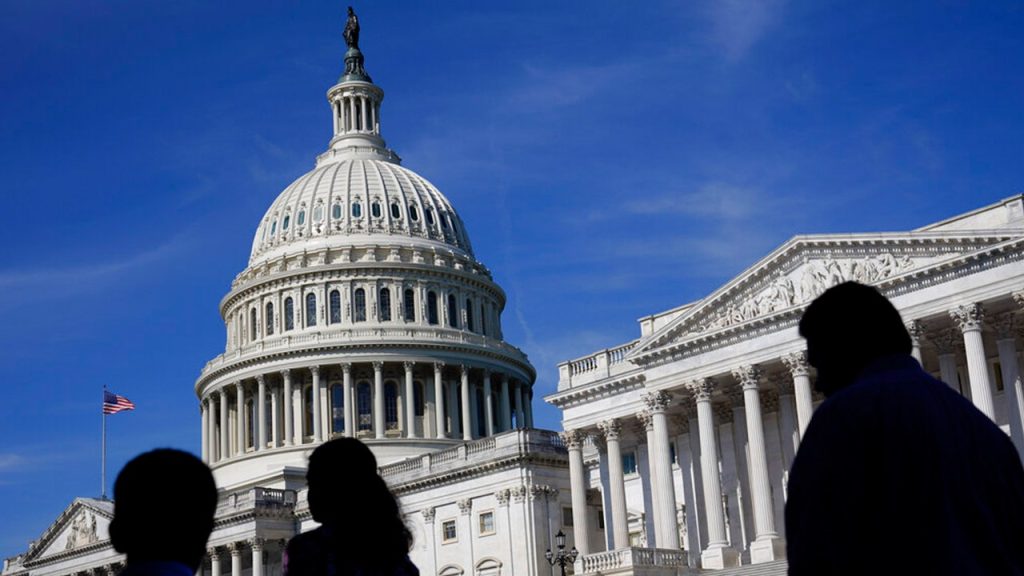The U.S. could hit the debt-ceiling deadline sooner than initially anticipated, putting the country on a collision course for a potentially catastrophic default on its financial obligation, according to a new analysis published on Monday.
The findings from the Penn Wharton Budget Model, a nonpartisan group at the University of Pennsylvania’s Wharton School, came one week after Treasury Secretary Janet Yellen shifted the projected deadline to June after previously stating it would fall somewhere between July and September.
“Given the current projections, it is imperative that Congress act as soon as possible to increase or suspend the debt limit in a way that provides longer-term certainty that the government will continue to make its payments,” Yellen said in a letter to Congress.
BANKING CRISIS THREATENS TO IGNITE CREDIT CRUNCH OF US HOUSEHOLDS: WHAT TO KNOW
Penn Wharton said the accelerated timeline stems from weaker-than-expected tax collection in April.
Receipts are currently running about $150 billion below government projections for fiscal year 2023, “most likely due to a decline in capital gains income and weakening corporate profit margins,” the report said.
One likely explanation for the so-called tax receipts gap is that corporate profit margins have fallen faster than expected.
“Profit margins expanded significantly in the aftermath of the pandemic but have been declining gradually since 2022 as consumer demand and labor market conditions stabilized,” the report said.
AMERICANS BRACING FOR HIGHER INFLATION IN THE LONG TERM, NY FED SURVEY SHOWS
The debt ceiling, which is currently around $31.4 trillion, is the legal limit on the total amount of debt that the federal government can borrow on behalf of the public, including Social Security and Medicare benefits, military salaries and tax refunds. The U.S. government bumped up against that limit in January, prompting the Treasury Department to initiate a series of actions that are known as “extraordinary” measures and are intended to stave off a default.

The Penn Wharton analysis comes amid a lengthy standoff over the debt limit. Republicans, who control the House, have promised to raise the borrowing limit only in exchange for deep spending cuts. In turn, President Biden and his fellow Democrats, who control the Senate, have refused to negotiate and insisted on a “clean” debt ceiling bill that does not include any cuts.
Biden will host House Speaker Kevin McCarthy, R-Calif., and other congressional leaders at the White House on Tuesday to discuss the nation’s spending and debt.
If the U.S. failed to raise or suspend the debt limit, it would eventually have to temporarily default on some of its obligations, which could have serious negative economic implications. Interest rates would likely spike, and demand for Treasurys would drop; even the threat of default can cause borrowing costs to increase, according to the Committee for a Responsible Federal Budget.
While the U.S. has never defaulted on its debt before, it came close in 2011, when House Republicans refused to pass a debt-ceiling increase, prompting rating agency Standard and Poor’s to downgrade the U.S. debt rating one notch.
Read the full article here
